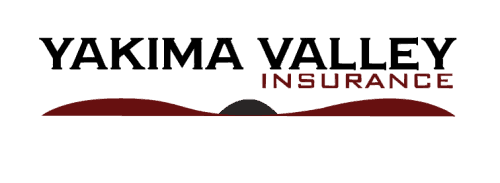The Perfect Storm: Unpacking the Factors Behind the Surge in Auto and Homeowners Insurance Rates in Washington State
Over the past year, residents of Washington State have faced an unprecedented surge in auto and homeowners insurance rates. This surge can be attributed to a complex interplay of various economic and environmental factors that have significantly impacted the insurance landscape. In this article, we will delve into the key drivers behind this spike, ranging from inflation and supply chain disruptions to litigation fraud and increased costs in building materials and automobiles.
- Inflation and Supply Chain Disruptions: Washington State, like the rest of the world, has grappled with the repercussions of inflation and supply chain disruptions. These global issues have led to an increase in the cost of goods and services, affecting everything from building materials to car parts. Insurance companies, facing higher expenses for repairs and replacements, pass on these costs to policyholders through increased premiums.
- Litigation Fraud and Rising Legal Costs: The prevalence of litigation fraud in the insurance industry has been on the rise, contributing to increased legal costs for insurers. Fraudulent claims, whether in auto accidents or homeowners’ incidents, drive up the expenses incurred by insurance companies. To offset these growing costs, insurers adjust their premium rates, impacting policyholders across the state.
- Increased Building Material Costs: The construction industry has witnessed a surge in the prices of building materials, including lumber, steel, and concrete. This spike is partly due to supply chain disruptions and increased demand for housing. Homeowners insurance premiums rise as a result, reflecting the elevated costs of repairing or rebuilding homes in the event of covered damages.
- Cost of Cars and Used Cars: The automotive industry, facing its own set of challenges, has seen an increase in the cost of both new and used cars. Factors such as semiconductor shortages, supply chain disruptions, and increased demand have led to higher prices. Consequently, the cost of auto insurance rises as insurers adjust their rates to account for the increased expenses associated with vehicle repairs and replacements.
- Increased Costs of Car Parts: Auto insurance premiums are also impacted by the rising costs of car parts. As supply chain disruptions affect the availability and cost of components, insurers must adjust their pricing to cover the higher expenses associated with repairing vehicles involved in accidents.
Conclusion:
The surge in auto and homeowners insurance rates in Washington State over the past year is a result of a perfect storm of interconnected factors. From global issues like inflation and supply chain disruptions to more localized challenges like litigation fraud and increased building material costs, each element contributes to the increase in insurance premiums. As policyholders grapple with these changes, understanding the responsible factors can provide valuable insights into the evolving dynamics of the insurance landscape in Washington State.

